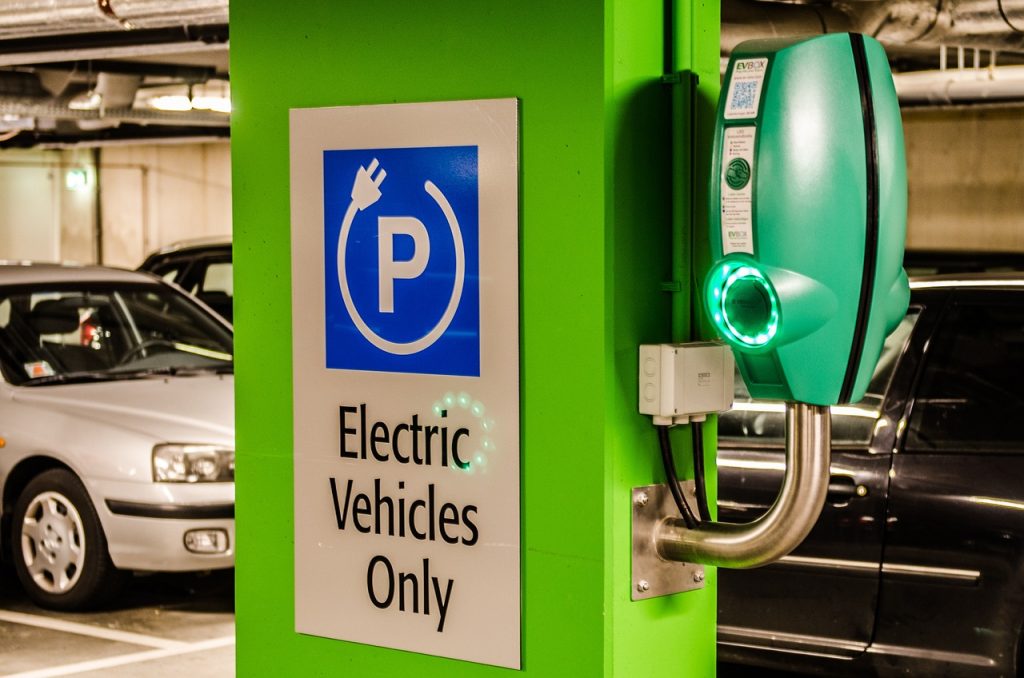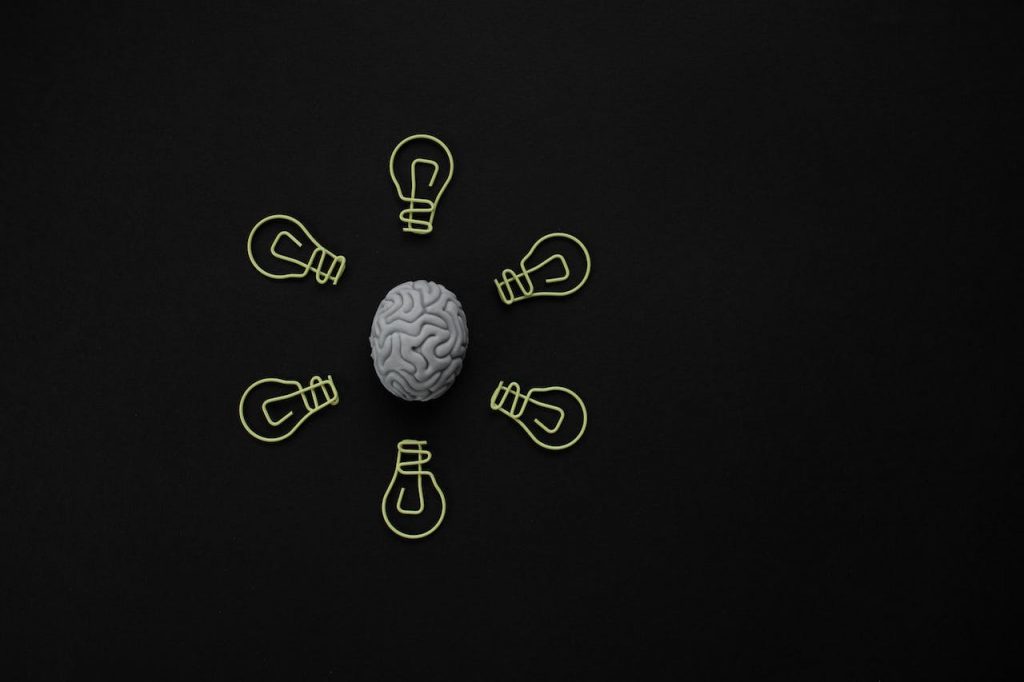
GUEST POST from Dennis Stauffer
One of the things that all sound innovation processes have in common is some way to iterate. To repeatedly work through a process that allows you to refine whatever you’re trying to create.
That might be building a prototype, testing it and building another version based on what you’ve learned. It might be gathering customer feedback and making adjustments that are more appealing or solve a problem more effectively. It might be exploring more than one business model or marketing strategy until you find one that works.
We tend to think of those iterations as making refinements to a product or strategy, but more than anything, it’s refining your own thinking. It’s being willing to change how you understand the world, by challenging your assumptions and beliefs—your mindset.
We’ve grown accustomed to thinking of learning as mastering a set of already well-defined concepts, like how to solve a math problem or memorizing facts from history. But innovation—and life in general—requires a different kind of learning. More like gradually mastering how to play a sport or musical instrument, or drive a car. This kind of learning is a more incremental process. One that prompts questions like:
- How might I be wrong, and need to correct myself?
- What do I not understand as well as I could?
- What are some alternative beliefs and opinions, to the ones I have?
- How might someone else see things differently and what could I learn from them?
The ability to iterate your own thinking, by being open to new interpretations of what you experience, is crucial to innovation. It’s also a good strategy for ordering your life, so you don’t lock onto a mindset that may not be the most effective for you.
Mental iteration is a powerful life skill—and healthy innovation habit—that also helps you innovate yourself.
View this post as a video here:
Image Credit: Pixabay
![]() Sign up here to get Human-Centered Change & Innovation Weekly delivered to your inbox every week.
Sign up here to get Human-Centered Change & Innovation Weekly delivered to your inbox every week.








